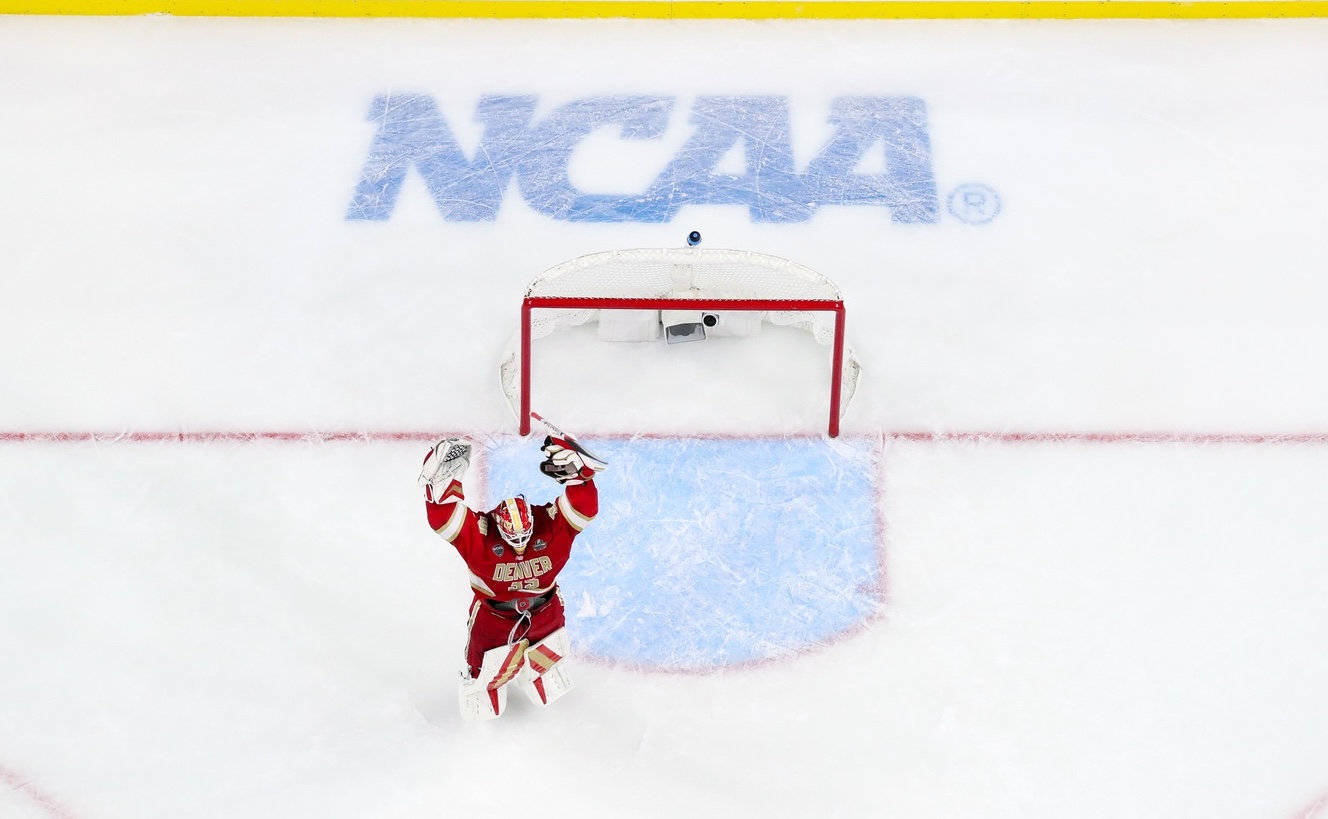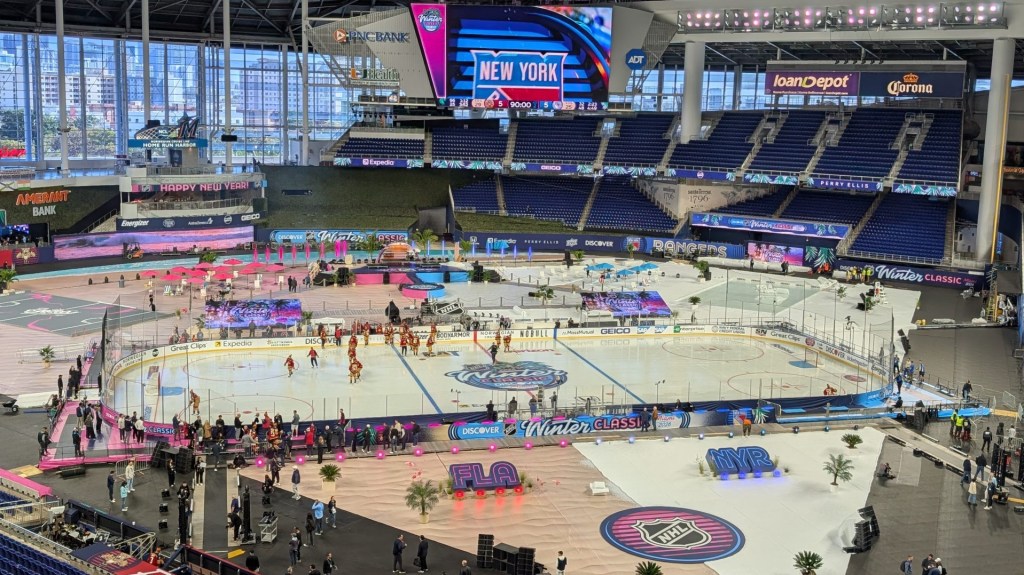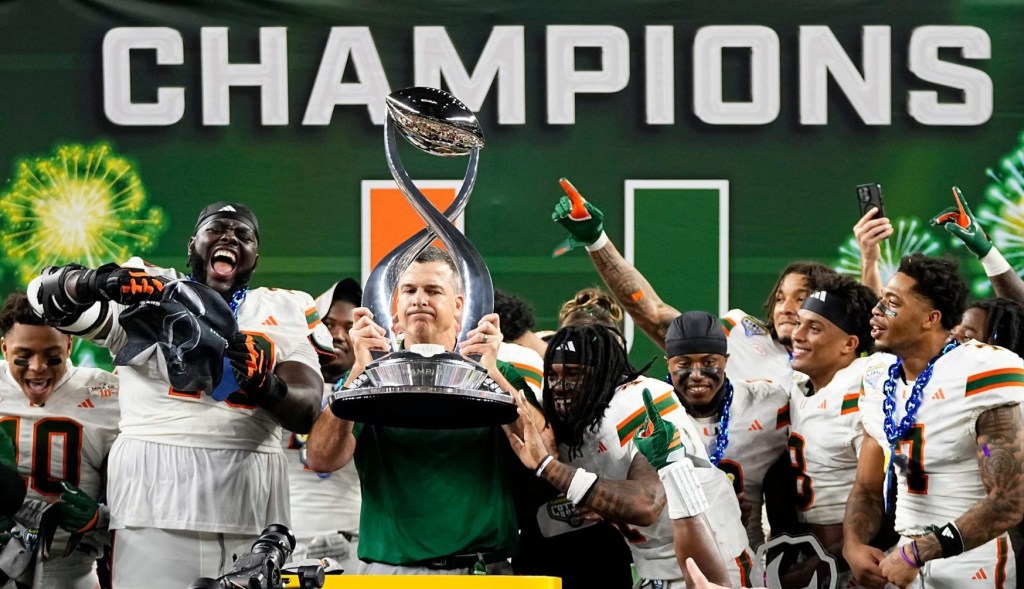The NCAA announced a major shift in men’s college ice hockey Thursday, abolishing its long-standing ban on Canadian Hockey League players and opening up the door to a total reroute of the NHL’s talent development pipeline.
Players in the CHL are given a stipend of up to $600 per month for living expenses, but that amount is not deemed income for tax purposes. Still, the NCAA had long deemed those players pros—until the NCAA Division I council approved the rule change Thursday.
Momentum has been building from players in recent months who want a shot at college hockey. Canadian junior hockey player Ryan Masterson filed a class action lawsuit against the NCAA and 10 universities in August claiming the ban violated antitrust laws. The next month, CHL player Braxton Whitehead verbally committed to Arizona State for the 2025–2026 season, essentially betting the rules would be overturned by then.
The new rule change, which also applies to skiing, was first proposed last month. The new guidelines will begin Aug. 1. They don’t specifically name the CHL; the rules “enable prospects who participate in major junior ice hockey or on professional teams to retain NCAA eligibility as long as they are not paid more than actual and necessary expenses as part of that participation,” according to the proposal.
“While we will take time to fully review this rule change, we believe this is a positive development that will provide our players with more opportunities to continue their hockey and academic careers following their time in the CHL,” the league said in a statement Thursday. “It will also give young players and their families more options in choosing their development path, which includes opening up the CHL – the best development hockey league in the world for players aged 16-20 – to more players worldwide.” The league also added it’s been the “number one supplier of talent to the NHL” for 55 years.
The change will mean more Canadian players will enter the college hockey system and alter how young players find their way into the NHL.
It could also affect the USHL, the top junior league in the U.S., where players currently keep their college eligibility. For that reason, the USHL is currently the main funnel into NCAA hockey, but that will all change next year, potentially leading to a drop in USHL numbers. The NHL’s 2021 and 2024 No. 1 draft picks came from the USHL.
“The USHL remains the world’s premier development path. All aspects of the League are focused on preparing athletes for collegiate and professional hockey, inclusive of on-ice, academic and character development,” the USHL said in a statement in response to the NCAA’s ruling, while adding that more than half of D-I men’s ice hockey players came up through its ranks.

















